Fire or life threatening emergencies: 000
Emergency Information: 13 3337
SES Emergency Assistance: 132 500
Many modern portable devices contain a rechargeable lithium-ion battery (LiB). This includes devices such as phones, tablets, power banks, computers, toys, appliances and tools, as well as mobility equipment such as electric bikes and scooters.
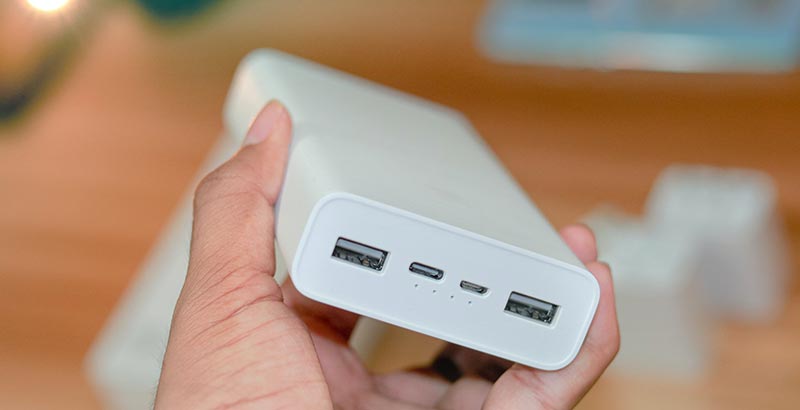
Easy Read Lithium Ion Batteries (Easy English)
Download Easy Read Lithium Ion Batteries.
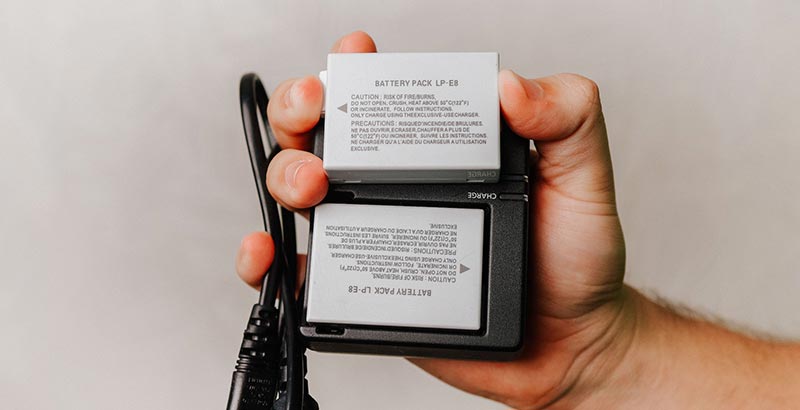
The batteries can be cylindrical, flat, rectangular, or pouch/device specific. They can be difficult to identify as there is currently no requirement or standard for labelling.
If the battery is rechargeable and has ‘Li’ or ‘Lithium’ printed on it, you can safely assume that it is a lithium-ion battery. Common printings include:
Lithium-ion batteries (LiBs) are energy-dense and contain material that is highly flammable. The risks and hazards associated with LiBs include fire and explosion, radiation, heat, chemical and electrical.
There are several situations that can lead to lithium-ion batteries catching fire, including:
When LiBs fail, they can undergo thermal runaway. This involves violent bursting of one or multiple battery cells, hissing and release of toxic, flammable and explosive gases, and an intense, self-sustaining fire.
Non-rechargeable or disposable lithium batteries, or lithium metal batteries should also be treated with caution as they can expel molten flammable metal and emit toxic gases during a fire. Small fires involving single use, disposable lithium batteries should be treated as a LiB fire.
To prevent an incident involving lithium-ion batteries (LiBs), only purchase and use devices and equipment from reputable manufacturers and suppliers.
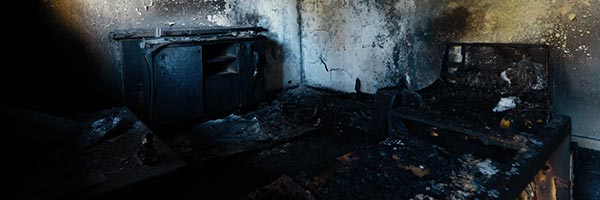
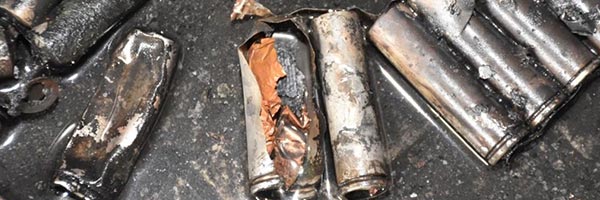
Thermal runaway events involving lithium-ion batteries (LiBs) can occur rapidly and can often be quite violent, involving toxic smoke and vapours, flames, and metal projectiles.
Never touch a swollen or ruptured device or battery with bare hands as the heat and/or chemicals can cause severe burns.
Act immediately if you notice any of the following:
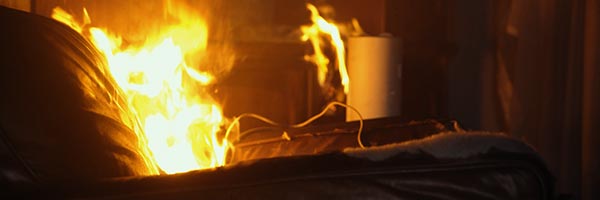
If a large device or battery is smoking or emitting flames:
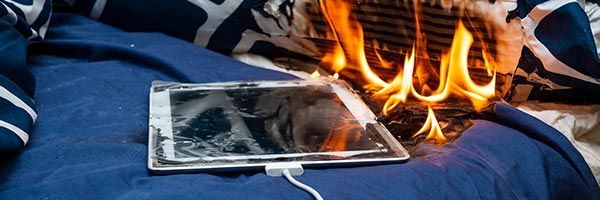
If a small device (phone or tablet) or battery is smoking or emitting flames:
Residential Battery Energy Storage Systems (BESS) are increasingly being used in combination with solar panel systems. This technology commonly contains lithium-ion batteries.
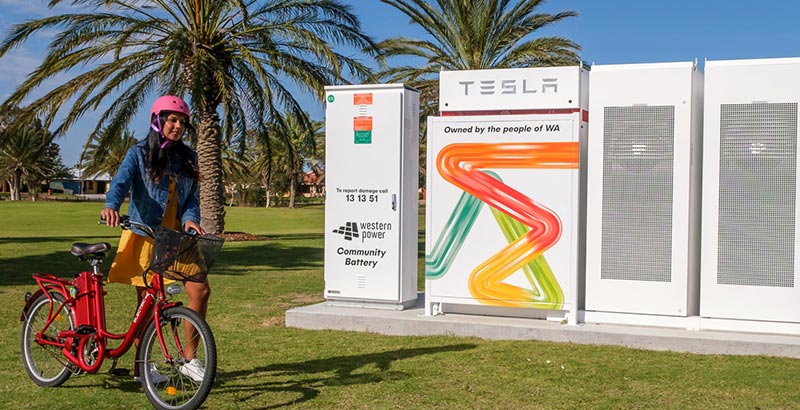
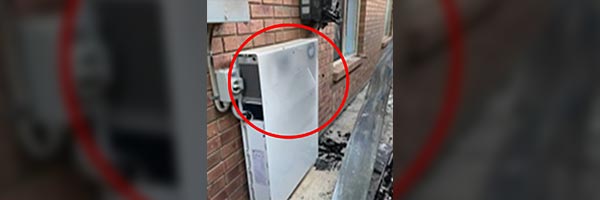
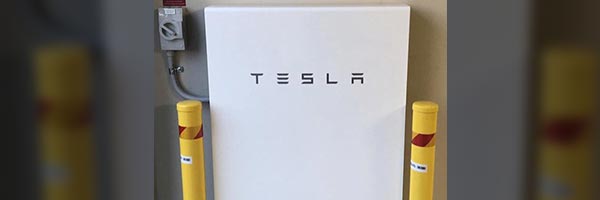
Have only an authorised and accredited technician install the BESS and conduct regular maintenance checks. Information on BESS and approved installers can be found on the Clean Energy Council’s website.
Keep the contact details of the installer and manufacturer somewhere safe and easily accessible in case of an emergency. These should also be indicated in the meter box along with labelling and signage to inform emergency responders in accordance with the Australian Standard AS/NZS 5139 Electrical installations - Safety of battery systems for use with power conversion equipment.
Keep the area where the system is installed clear of all materials (especially those that are combustible) and other equipment. We recommend that BESS are installed in cool, dry areas with good ventilation (preferably outside the home), and where they are not likely to be struck, for example by reversing vehicles or opening vehicle doors, or when other tools and equipment are being accessed.
Install a smoke or heat alarm in garages or utility rooms with a BESS. Have a licenced electrician install and interconnect mains-powered devices where possible. Check with the manufacturer or distributor to ensure device models are compatible for interconnection.
A residential BESS that has been damaged by impact, fire, or water ingress must not be put back into operation, even if it appears to be operational. Always assume that the equipment is energised.
If it is safe to do so:
Contact the manufacturer and/or an authorised technician to inspect, disconnect and remove the equipment if it has been compromised.
Damaged BESS should be moved to a well-ventilated area outside. Store at least three metres from any structures and/or combustible materials, then seek the manufacturer’s advice on disposal.
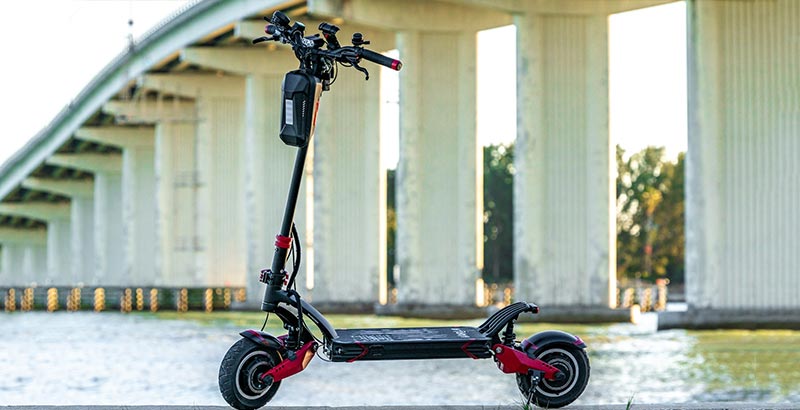
Electric bicycles (e-bikes), electric scooters (e-scooters), electric mobility (e-mobility) scooters, and self-balancing scooters (hoverboards), known as ‘micromobility’ devices or light electric vehicles (LEV) often contain lithium-ion batteries (LiBs).
To prevent an incident involving LiBs, only purchase and use devices and equipment from reputable manufacturers and suppliers.
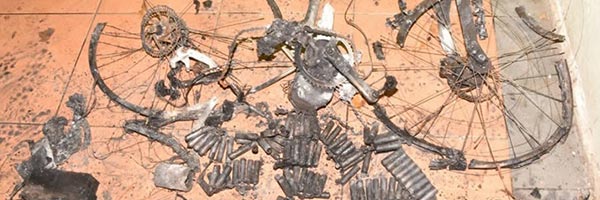
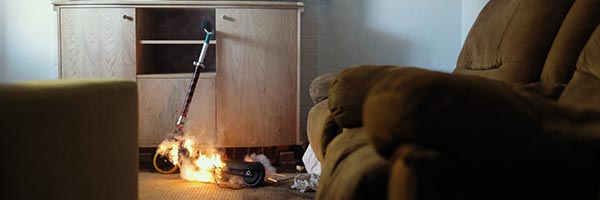
Electric vehicles (EVs) commonly contain lithium-ion batteries. Follow the below advice to minimise your risk.
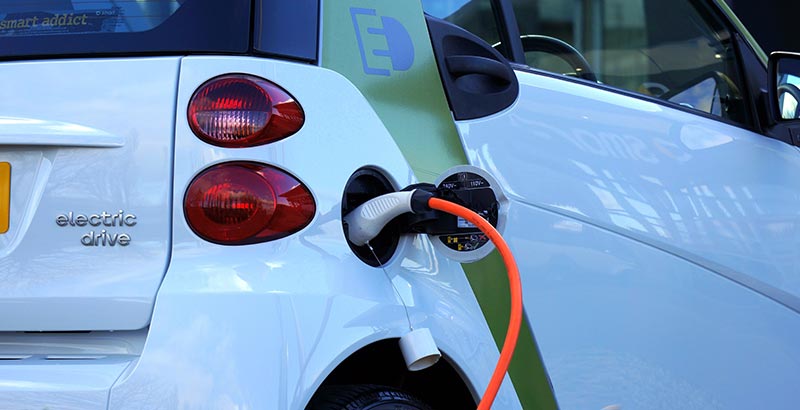
EVs will not have radiator grills or exhaust pipes and hybrid/EV can have badges or blue manufactures badges indicating that it is an electric or hybrid vehicle. This alerts emergency responders to the presence of a high voltage battery.
Ensure the charging cable and/or unit is electrically compliant and installed by a qualified electrician to AS/NZS 3000 Electrical Installations “Wiring Rules”, Appendix P Guidance for Installation and Location of Electrical Vehicle Socket-Outlets and Charging Stations.
In addition, utilise the advice contained in the DFES document "Electric vehicles and charging facilities in and around multi-storey and residential buildings".
Install an alarm in garages where an EV is regularly parked or charged. Have a licenced electrician install and interconnect mains-powered devices where possible. Check with the manufacturer or distributor to ensure device models are compatible for interconnection.
Use only extension leads and power sockets that are intended for use in the charging of EVs. Always exercise caution when charging in wet weather and during electrical storms.

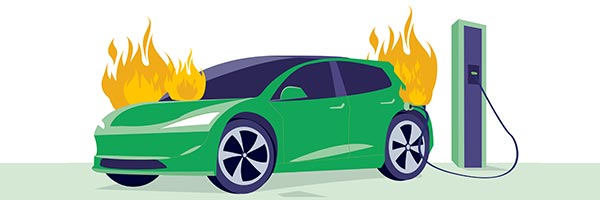
We extend our appreciation to NSW Fire and Rescue, Western Power and Solar Quotes for their valuable assistance in providing us with information and images.